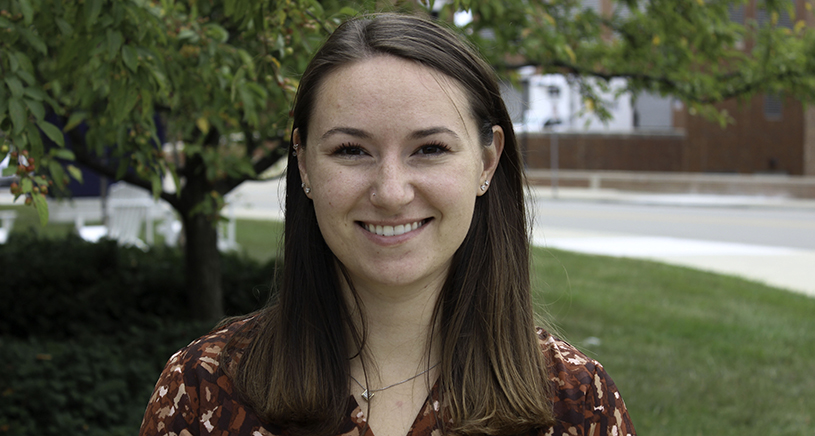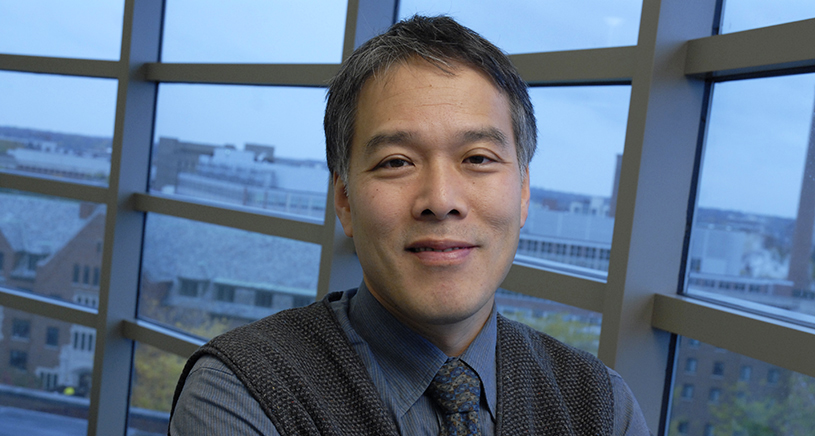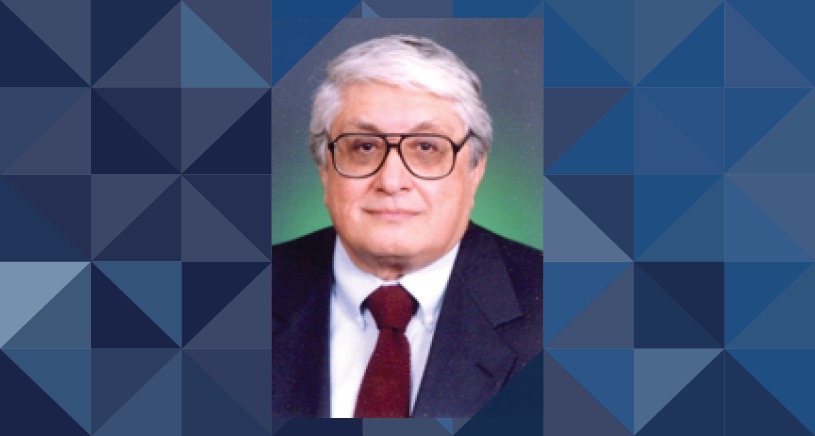At the University of Michigan School of Public Health, more than 200 professors and research scientists teach tomorrow’s public health leaders and perform cutting-edge research that helps advance the field of public health. Many faculty members are leading experts in their fields who consult with governments, communities, and nongovernmental organizations.
Meet Our Faculty
Environmental Health Sciences Faculty
Department Chair
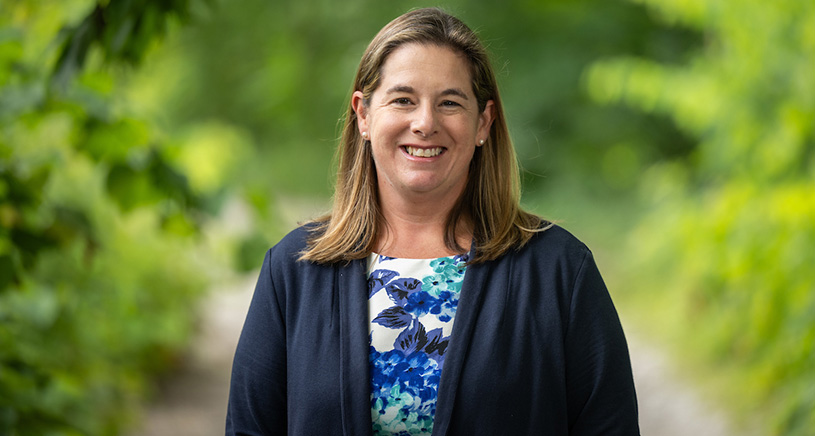 Dana C Dolinoy, PhD, MSc
Dana C Dolinoy, PhD, MSc
- NSF International Chair of Environmental Health Sciences
- Professor, Environmental Health Sciences
- Professor, Nutritional Sciences
Areas of Expertise
Cancer, Child Health, Environmental Health, Epigenetics, Genetics, Maternal Health, Nutrition, Precision Health, Reproductive Health, Toxicology
Department Associate Chair
 Simone Charles, PhD, MS
Simone Charles, PhD, MS
- Clinical Associate Professor, Environmental Health Sciences
- Associate Chair, Curriculum, Environmental Health Sciences
- Director, Certificate in Risk Science & Human Health
Areas of Expertise
Environmental Justice
 J. Tim Dvonch, PhD
J. Tim Dvonch, PhD
- Associate Professor, Environmental Health Sciences
- Associate Chair, Environmental Health Sciences
Areas of Expertise
COVID-19, Environmental Health, Global Public Health
Core Faculty
 Stuart Batterman, PhD
Stuart Batterman, PhD
- Professor, Environmental Health Sciences
- Professor, Global Public Health
- Professor, Water Resources and Environmental Engineering, College of Engineering
Areas of Expertise
Air Quality, Environmental Health, Environmental Justice, Global Public Health, Occupational Health, Urban Health, Water Quality
 Simone Charles, PhD, MS
Simone Charles, PhD, MS
- Clinical Associate Professor, Environmental Health Sciences
- Associate Chair, Curriculum, Environmental Health Sciences
- Director, Certificate in Risk Science & Human Health
Areas of Expertise
Environmental Justice
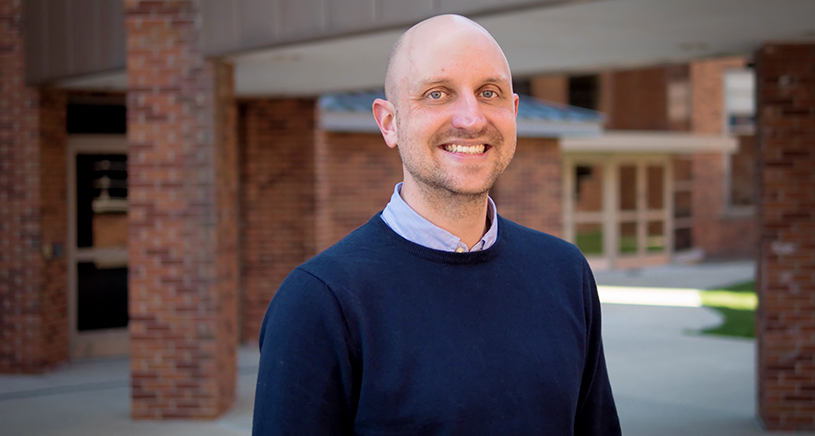 Justin Colacino, PhD
Justin Colacino, PhD
- Associate Professor, Environmental Health Sciences
- Associate Professor, Nutritional Sciences
 Dana C Dolinoy, PhD, MSc
Dana C Dolinoy, PhD, MSc
- NSF International Chair of Environmental Health Sciences
- Professor, Environmental Health Sciences
- Professor, Nutritional Sciences
Areas of Expertise
Cancer, Child Health, Environmental Health, Epigenetics, Genetics, Maternal Health, Nutrition, Precision Health, Reproductive Health, Toxicology
 J. Tim Dvonch, PhD
J. Tim Dvonch, PhD
- Associate Professor, Environmental Health Sciences
- Associate Chair, Environmental Health Sciences
Areas of Expertise
COVID-19, Environmental Health, Global Public Health
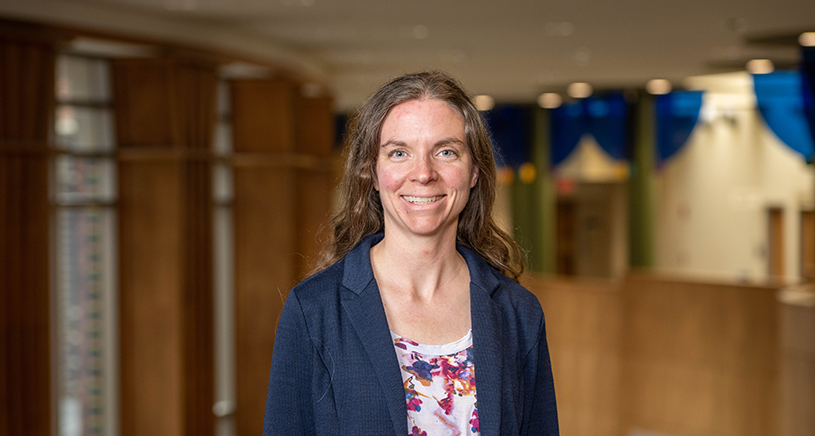 Jackie Goodrich, PhD
Jackie Goodrich, PhD
- Research Associate Professor, Environmental Health Sciences
- Global Public Health Faculty Associate
Areas of Expertise
Child Health, Environmental Health, Genetics, Global Public Health, Maternal Health, Occupational Health, Precision Health, Women’s Health
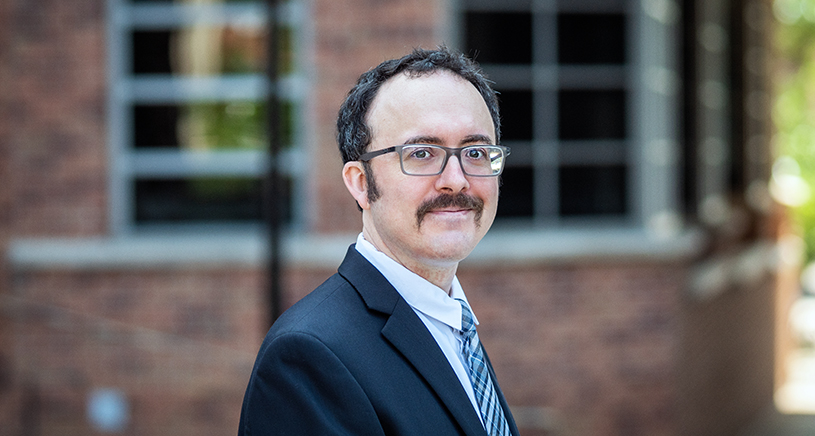 Sean M. Harris, PhD
Sean M. Harris, PhD
- Research Assistant Professor, Environmental Health Sciences
Areas of Expertise
Environmental Health, Maternal Health, Reproductive Health, Toxicology, Women’s Health
 Kate Manz, Ph.D.
Kate Manz, Ph.D.
- Assistant Professor, Environmental Health Sciences
Areas of Expertise
Air Quality, Child Health, Environmental Health, Maternal Health, Precision Health, Reproductive Health, Water Quality
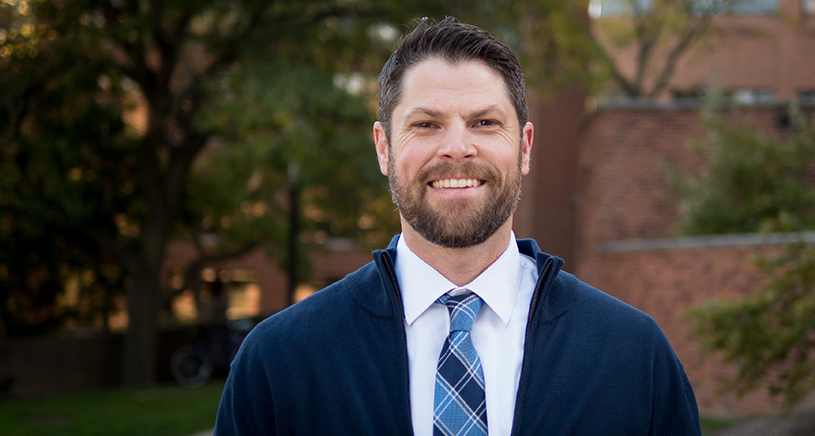 John Meeker, ScD, CIH
John Meeker, ScD, CIH
- Professor, Environmental Health Sciences
- Professor, Global Public Health
- Senior Associate Dean for Research
 Richard (Rick) Neitzel, PhD, MS, CIH, FAIHA
Richard (Rick) Neitzel, PhD, MS, CIH, FAIHA
- Professor, Environmental Health Sciences
- Professor, Global Public Health
- Director, Center for Occupational Health and Safety Engineering
Areas of Expertise
Environmental Health, Global Public Health, Occupational Health
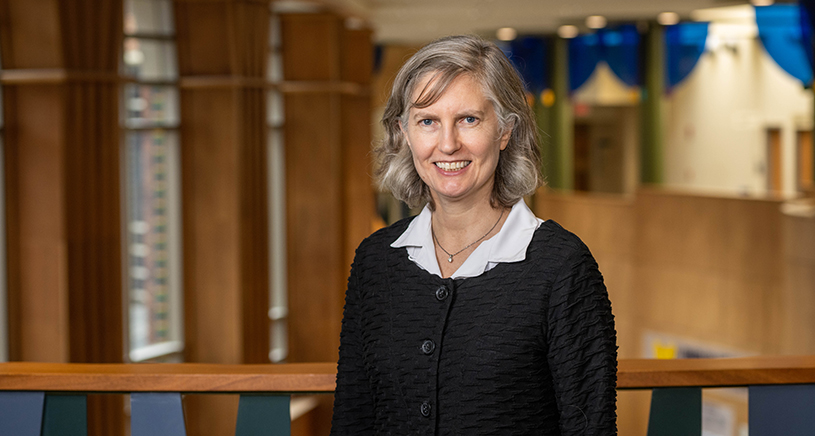 Marie S. O'Neill, PhD
Marie S. O'Neill, PhD
- Professor, Environmental Health Sciences
- Professor, Epidemiology
Areas of Expertise
Air Quality, Environmental Justice, Occupational Health
 Bambarendage Pinithi Upekka Perera, PhD
Bambarendage Pinithi Upekka Perera, PhD
- Research Assistant Professor, Environmental Health Sciences
Areas of Expertise
Environmental Health, Epigenetics, Genetics, Precision Health
 Laurie K Svoboda, PhD
Laurie K Svoboda, PhD
- Assistant Professor, Environmental Health Sciences
Areas of Expertise
Environmental Health, Toxicology
 Hao Wang, MS, PhD, DABT
Hao Wang, MS, PhD, DABT
- Assistant Professor of Environmental Health Sciences
Areas of Expertise
Brain Disorders, Chronic Disease, Environmental Health, Toxicology
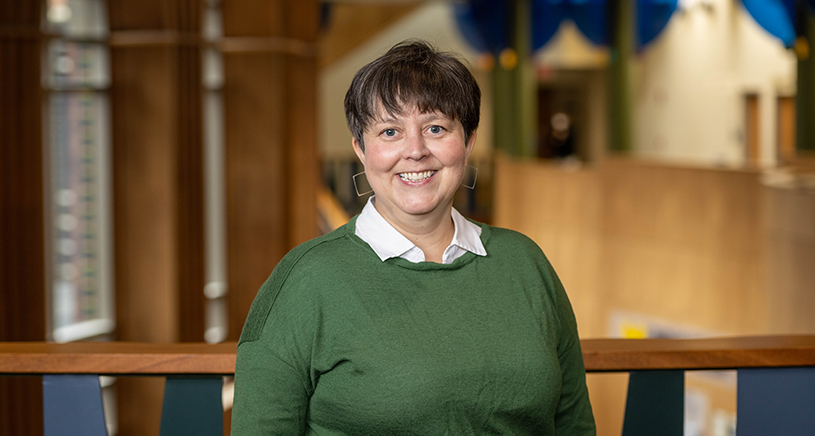 Deborah J Watkins, PhD, MPH
Deborah J Watkins, PhD, MPH
Areas of Expertise
Child Health, Environmental Health, Maternal Health, Mental Health, Reproductive Health, Women’s Health
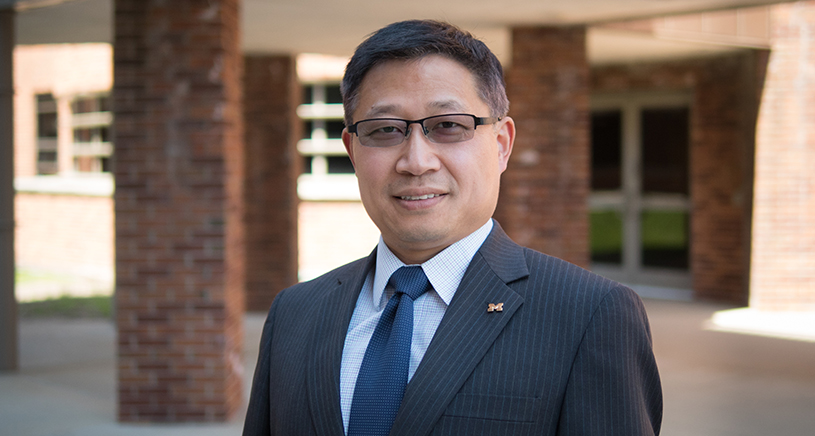 Chuanwu Xi, PhD, MS
Chuanwu Xi, PhD, MS
- Professor, Environmental Health Sciences
- Professor, Global Public Health
Areas of Expertise
COVID-19, Environmental Health, Global Public Health, Infectious Disease, Water Quality
Faculty with Joint Appointments
 Toby C. Lewis, MD, MPH
Toby C. Lewis, MD, MPH
- Assistant Professor, Pediatrics and Communicable Diseases
- Associate Professor, Environmental Health Sciences
- Assistant Research Scientist, Health Behavior and Health Equity
 Mats Ljungman, PhD
Mats Ljungman, PhD
- Professor, Radiation Oncology
- Professor, Environmental Health Science
Areas of Expertise
Cancer, Genetics, Precision Health
 Sung Kyun Park, ScD, MPH
Sung Kyun Park, ScD, MPH
- Professor, Epidemiology
- Professor, Environmental Health Sciences
- Affiliated Faculty, Kresge Hearing Research Institute, University of Michigan, Medical School
Areas of Expertise
Aging, Chronic Disease, Environmental Health, Occupational Health, Women’s Health
 Karen E. Peterson, DSc
Karen E. Peterson, DSc
- Stanley M. Garn Collegiate Professor of Nutritional Sciences
- Chair, Department of Nutritional Sciences
- Professor of Global Public Health
Areas of Expertise
Nutrition
 Emily Somers, PhD, ScM
Emily Somers, PhD, ScM
- Professor, Internal Medicine - Rheumatology
- Professor, Environmental Health Sciences
- Professor, Obstetrics and Gynecology
Lecturers
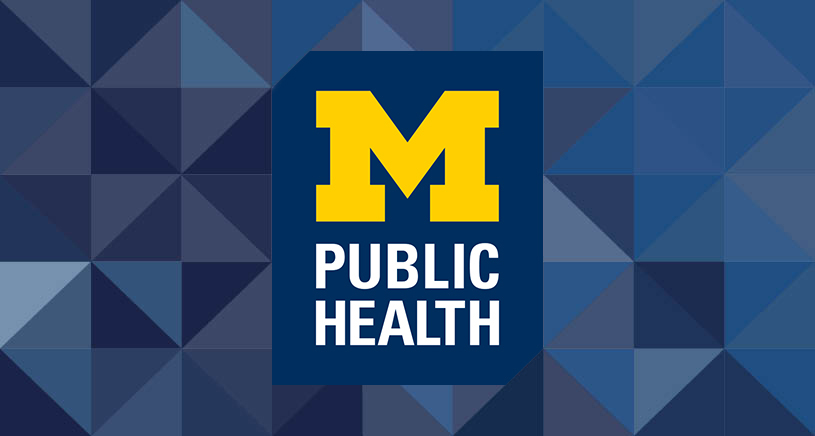 Ingrid Bergin, DVM, DACLAM, DACVP
Ingrid Bergin, DVM, DACLAM, DACVP
- Lecturer, Environmental Health Sciences
- Assistant Professor, Laboratory Animal Medicine
 Bradley S Joseph, MPH, MS, MS, PhD
Bradley S Joseph, MPH, MS, MS, PhD
- Lecturer, Occupational Ergonomics
Areas of Expertise
Occupational Health
Adjunct Faculty
 Geoffrey Jacquez, PhD, MS
Geoffrey Jacquez, PhD, MS
- President of BioMedware, Inc.
- Chair of TerraSeer, Inc.
- Adjunct Associate Professor, Environmental Health Sciences
 Alvaro Osornio-Vargas, MD, PhD
Alvaro Osornio-Vargas, MD, PhD
- Adjunct Associate Professor in Environmental Health Sciences
- Investigador, Instituto Nacional de Cancerologia
 Felipe Vadillo-Ortega, MD, PhD
Felipe Vadillo-Ortega, MD, PhD
- Adjunct Professor, Environmental Health Sciences
- Director of Research, National Institute of Perinatology
Emeritus Faculty
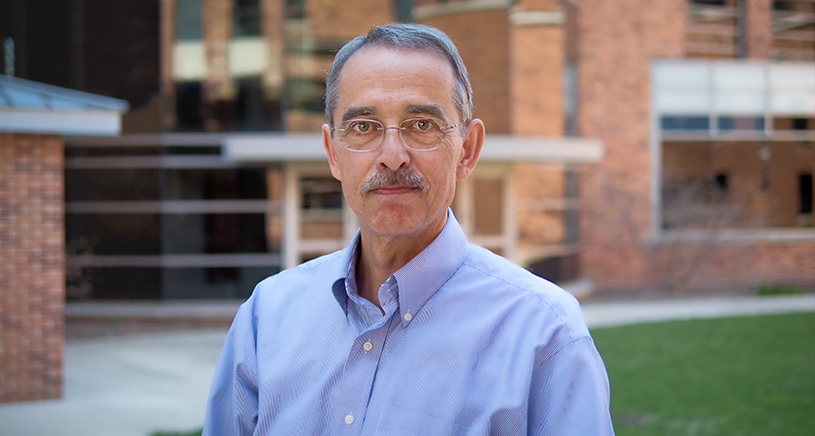 Alfred Franzblau, MD
Alfred Franzblau, MD
- Professor Emeritus, Environmental Health Sciences
- Associate Professor, Emergency Medicine
- Associate Research Scientist, Center for Ergonomics
 David H. Garabrant, MD, MPH
David H. Garabrant, MD, MPH
- Professor Emeritus, Environmental Health Sciences
- Professor Emeritus, Epidemiology
- Associate Professor Emeritus, Emergency Medicine
 Craig Harris, PhD
Craig Harris, PhD
- Dow Professor Emeritus of Toxicology
- Professor Emeritus, Toxicology
- Professor Emeritus, Nutritional Sciences
 W. Monroe Keyserling, PhD
W. Monroe Keyserling, PhD
- Professor, Industrial and Operations Engineering
- Professor, Environmental Health Sciences
 Rita Karen Loch-Caruso, PhD
Rita Karen Loch-Caruso, PhD
- Professor Emerita, Toxicology
- Professor Emerita, Program in the Environment
Areas of Expertise
Environmental Health, Maternal Health, Reproductive Health, Women’s Health
 Betzy Lozoff, MD
Betzy Lozoff, MD
- Research Professor, Center for Human Growth and Development
- Professor, Environmental Health Sciences
- Professor, Pediatrics and Communicable Diseases, Medical School
 Jerome Nriagu, PhD, DSc
Jerome Nriagu, PhD, DSc
- Emeritus Professor, Environmental Health Sciences
- Research Professor, Center for Human Growth and Development
 Rudy J. Richardson, ScD, DABT
Rudy J. Richardson, ScD, DABT
- Dow Professor Emeritus, Toxicology
- Associate Professor Emeritus, Neurology
Areas of Expertise
Aging, COVID-19, Environmental Health, Infectious Disease, Modeling, Toxicology


